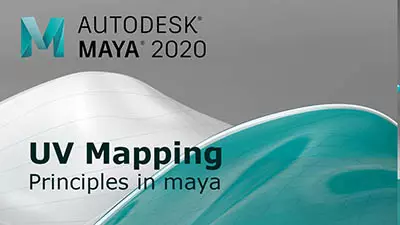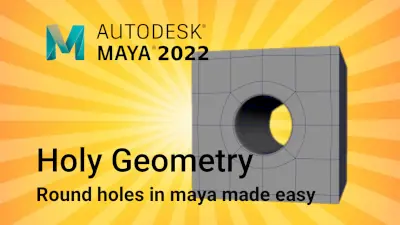Introduction to Maya - Rendering in Arnold
This course will look at the fundamentals of rendering in Arnold. We'll go through the different light types available, cameras, shaders, Arnold's render settings and finally how to split an image into render passes (AOV's), before we then reassemble it i
#
1
19-03-2006
, 09:34 PM
Anyone have an laundry to do?
Anyway, here's a studio render set up that I think works real well. The detergent bottles were just a quick 2 minute model to have something simple to render, so don't focus on the modeling. The studio set-up took some time to tweak. It might surprise some of you to know that this is a Maya software render, with no final gather or global illumination. It's just a bunch of lights and reflection planes placed in the right spots. Also, there's a lot going on with the decay rates etc. I basically have been reading up a lot on lighting, and have picked up many tips from various different tutorials out there on the web. This one little scene has taught me an immense amount about lighting and shadow, and I recommend anyone doing a project like this to really get to know what all the features in Maya actually do. I never really knew up until now just how important lighting is to a scene. I used to think that a realistic render was maybe 80% modeling skills, and 20% lighting/rendering. But now I realize that the model itself is maybe 10% important to the final image.
Comments are welcome, as always.
#
2
20-03-2006
, 07:24 AM
If you get it right the Maya software renderer is brilliant. Image based lighting, final gather and global illumination are too often used by people, myself included, to get a quick result without understanding the fundamentals of lighting. Did you come across any lighting tutorials in particular that you could recomend?
Cheers,
Mat.
#
3
20-03-2006
, 09:16 AM
#
4
20-03-2006
, 11:47 AM
Registered User
Join Date: Dec 2003
Join Date: Dec 2003
Location: Brazil
Posts: 35
Hello, well i dont agree with this , because there are 2 different things here, one its to understand how the CG lights works and how to simulate real light using the cg lights. Another thing its to understand how the GI works, and recreate a real light simulation using GI, which works exactly as the real world lights.With Photons etc.. So you need to understand how the real light works with both situations, one using the CG lights to fake the real light , doing that with CG lights, you need to create tons of lights sometimes to reacreate the real world light, something that could be done with just 2 or 3 lights when using GI.But in both situations you need to understand how real world light works, the diference is that depending on what method you decide to use to recreate the light with CG, you will need to use more or less light to illumate the scene.Thats a nice image btwOriginally posted by happymat27
Image based lighting, final gather and global illumination are too often used by people, myself included, to get a quick result without understanding the fundamentals of lighting..

#
5
20-03-2006
, 06:40 PM
When using the software renderer, if you want to get anywhere near a half decent result, it's best to know at least the basics of three point lighting.
Take it easy,
Mat.
#
6
21-03-2006
, 12:34 AM
https://www.cgarchitect.com/resources...3d/default.asp
https://www.itchy-animation.co.uk/light.htm
https://warpedspace.org/lightingT/part1.htm
Lots of good info in those tutorials. Slipknot66, I think what the other guys are saying is that inexperienced modelers fall back on HDRI's as a crutch. It's very easy to get a reasonable image with an HDRI, without making any adjustments, but on the other hand I think too many times people substitue HDRI's for actually thinking about the lighting (I know I used to do that). Too often you see a decent model with in-your-face reflections coming from some "outside" scene HDRI that a guy downloaded off a free site. It just ends up looking ugly. I am a huge fan of HDRI's though, when they are done correctly.
For instance, here's a link to my favorite website for what to aspire to reach as a product viz modeler. Now that's some fantastic HDRI rendering.
https://www.artvps.com/gallery/2/auto...ngineering.htm
Posting Rules Forum Rules
Topics
Free Courses
Full Courses
VFX News
How computer animation was used 30 years ago to make a Roger Rabbit short
On 2022-07-18 14:30:13
Sneak peek at Houdini 19.5
On 2022-07-18 14:17:59
VFX Breakdown The Man Who Fell To Earth
On 2022-07-15 13:14:36
Resident Evil - Teaser Trailer
On 2022-05-13 13:52:25
New cloud modeling nodes for Bifrost
On 2022-05-02 20:24:13
MPC Showreel 2022
On 2022-04-13 16:02:13










